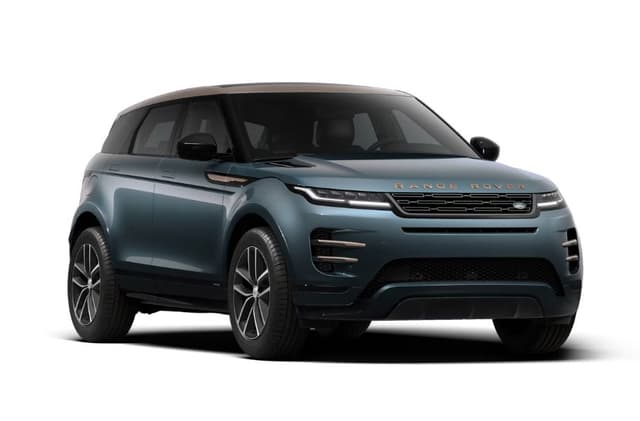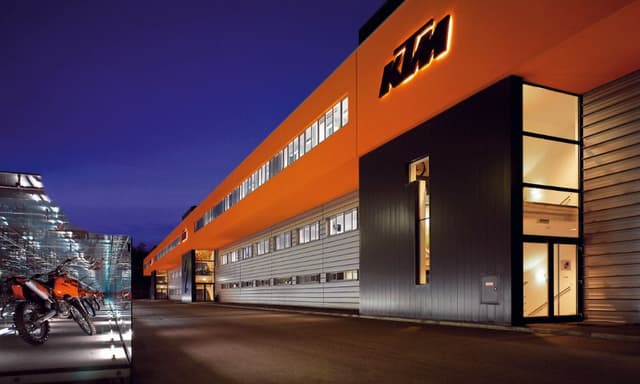Automatic Gearboxes: All You Need To Know

Highlights
Car manufacturers have been trying to incorporate newer and advanced features in their vehicles. Automatic transmission is one of the key technologies that car manufacturers focus on. Driving is a very complex process as it requires a lot of concentration and hand-eye-foot coordination so that the travel is safe. Therefore, automatic gearboxes are a common feature in new cars to make the driving experience smoother.

Photo Credit: pixabay.com
What is an automatic gearbox?
Also known as automatic transmission, the system controls the gears automatically when the car is moving. An automatic gearbox uses sensors that sense the speed and shift gears with the help of internal oil pressure at the appropriate instances.

Photo Credit: pixabay.com
How does an automatic gearbox work?
Most commonly, hydraulics are used to control transmission. A fluid coupling converter is combined with gearsets to change the desired gears. The converter is responsible for connecting the engine to the transmission. Pressurized fluid gives power to the transmission, and the gears are changed. The system also uses friction clutches that make the vehicle stop without stalling.
Power from the engine is transferred to a pump; this pump converts the power into transmission fluid that rotates the turbine of the torque convertor.
Types of automatic gearboxes
- AMT (Automated Manual Transmission): AMTs are also known as semi-automatic gearboxes. These are similar to manual gearboxes, only with a few changes. This system can be used with various types of fuels.
- CVT (Continuous Variable Transmission): The pulley system is used here. In easy terms, this type of transmission neither has clutches nor gears, making the ride smoother for the customer.
- DCT (Dual Clutch Transmission): This transmission system uses a dual-clutch system that makes it smoother to change gears. These can either be dry clutches or wet clutches.
- IMT (Intelligent Manual Transmission): The IMT system consists of sensors that sense any gear change required. After that, the clutches are engaged. This system comes very handy in situations like heavy traffic.

Photo Credit: pixabay.com
Advantages of Automatic Gearboxes
- Automatic gearbox makes the ride easier and smoother.
- Reduces the effort for the driver.
- Much better in hilly areas as compared to manual gearboxes.
- Reduced stalling.
- Helpful in heavy traffic.
- Accurate change in gears.
- Helps to accelerate more quickly.
- Does not need to be replaced regularly.
Disadvantages of Automatic Gearboxes
- The gearboxes are expensive, and so are the car models.
- Maintenance is expensive and more complex.
- Fuel consumption is 10% higher as opposed to the manual transmission.
- The mileage is compromised in this case.
- An additional gear train is needed for reverse.
- Not suitable for off-road driving experiences.
- The torque capacity is limited.
If you are looking to up the driving comfort up a notch, then investing in a car with automatic transmission can be a great investment.














